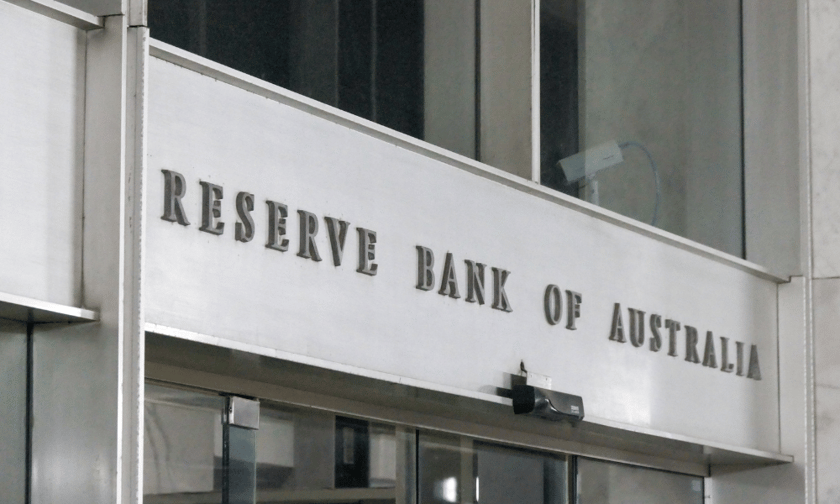

The Reserve Bank of Australia (RBA) opted to keep the benchmark rate at 4.35%, as it cited a “stronger case” for holding rates steady.
The decision was influenced by moderating inflation and softer than anticipated employment and consumer expenditure data, as revealed in the minutes the February 6 meeting.
During the meeting, board members evaluated quarterly projections from the bank’s staff, which suggested a forthcoming easing in both inflation and labour market conditions, even without further rate hikes.
Discussions also underscored a commitment to steer inflation back to the bank’s target range of 2-3% within a foreseeable period.
At one point, board members highlighted the importance of a communication strategy that leaves the door open for further rate hikes.
The RBA’s current benchmark rate is comparatively low when compared to those of other developed nations, even as Australia faces higher inflation rates. The country has seen rate increases totalling 4.25 percentage points in the current tightening phase, which is less than the hikes seen in the US and New Zealand.
According to the minutes, the board considered raising rates due to concerns over persistent inflation, especially in the services sector. They also worried that the labour market may be too tight to ensure inflation containment.
The board went on to acknowledge that further tightening could reduce overall demand and aid in tempering consumer price increases.
“Increasing the cash rate target now would not prevent the board from easing monetary policy if the economy were to weaken more sharply than envisaged,” the minutes noted.
What are your thoughts on this story? Feel free to comment below.
